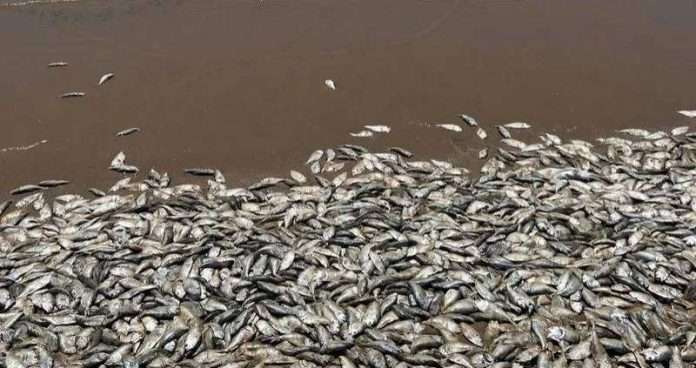Thousands of dead fish floated to the surface of the water, which were washed up on the sands of the US Texas Gulf Coast.
The New York Times reported that piles of dead fish were spotted covering the edge of the beach, during what wildlife officials described as a “low dissolved oxygen event.” reports Al-Rai daily.
It was a “perfect storm” of bad conditions, said Brian Frazier, director of the Bazuria County Parks Department.
He explained that “warm water contains much less oxygen than cold water, and that the calm seas and cloudy skies in the region impeded the ways oxygen is usually pumped into the ocean water… Waves add oxygen to the water, and cloudy skies reduce the ability of microorganisms to produce oxygen.” through the process of photosynthesis.
For her part, said Katie St. Clair, director of marine life at the University of Texas, “The warming of the Gulf Coast waters through climate change could have contributed to the death of fish.”
“Given the higher water temperatures, this certainly could lead to more of these events occurring, especially in our shallow, inshore or onshore environments,” she added.
The National Weather Service recorded a high of 92 degrees Celsius in Brazoria province on Friday, the day it was first reported that dead fish washed ashore.
And the director of the Arizona Parks Department pointed out that the death of these fish is “not rare” in the region and begins to occur when the water temperature rises during the summer.
“It’s a bit worrying to see a wave of dead fish wash up on the beach,” he added.
But he added that local water conditions will improve because ocean waves add oxygen back into the water and fish will swim away from areas with low oxygen.
A United Nations report in 2019 concluded that warming ocean waters had led to increased cases of “hypoxia” – or low oxygen levels – in coastal waters, threatening fish populations.

















